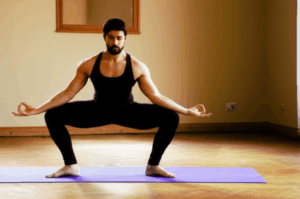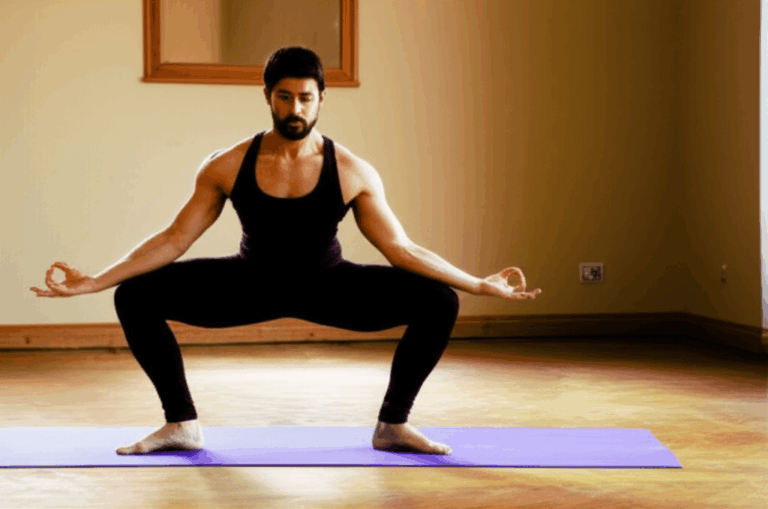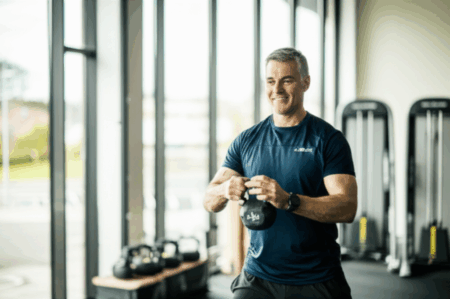Have you ever made a snap decision you instantly regretted, or found yourself struggling to resist an unhealthy impulse? It turns out, the ability to make thoughtful decisions and exert self-control isn’t just a matter of willpower; it’s deeply tied to your brain’s physical health and function. Emerging research suggests that specific workout routines can actually train your brain to enhance executive functions, leading to improved decision-making and impulse control.
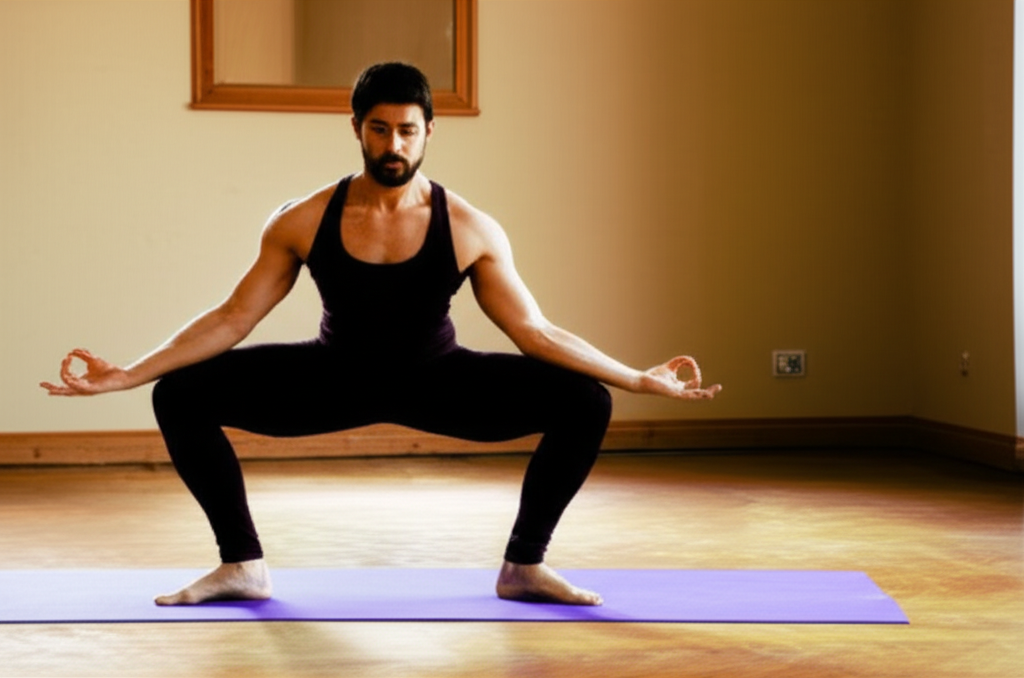
The Brain-Body Connection: How Exercise Shapes Your Mind
Our brains are remarkably adaptable, a phenomenon known as neuroplasticity—the ability to form and reorganize synaptic connections. Physical exercise plays a crucial role in enhancing this neuroplasticity, essentially “rewiring” the brain for better performance.
At the heart of decision-making and impulse control is the prefrontal cortex (PFC), often referred to as the “brain’s CEO.” This frontal lobe region is responsible for executive functions like planning, problem-solving, judgment, emotional regulation, and self-awareness. When the prefrontal cortex is underdeveloped or underactive, more reactive parts of the brain can take over, leading to impulsive actions and difficulty with long-term planning.
Regular physical activity helps strengthen the prefrontal cortex and its connections, fostering better communication within the brain. This is achieved through several mechanisms:
- Increased Blood Flow and Oxygenation: Exercise boosts cardiovascular fitness, which improves blood flow and oxygen supply to the brain, particularly the prefrontal cortex. This enhanced circulation is vital for optimal cognitive function.
- Neurotrophic Factor Release: Physical activity stimulates the release of brain-derived neurotrophic factor (BDNF), a protein that supports the growth, maintenance, and survival of brain cells and plays a key role in learning and memory.
- Neurotransmitter Regulation: Exercise influences the production of neurotransmitters like dopamine, serotonin, and norepinephrine, which are essential for mood regulation, attention, motivation, and impulse control.
- Gray Matter Increase: Studies indicate that aerobic exercise can increase gray matter in the brain, particularly in areas associated with executive function.

Workouts to Sharpen Your Mind and Boost Self-Control
While all forms of physical activity offer some cognitive benefits, certain types of exercise appear to be particularly effective for enhancing decision-making and impulse control.
Aerobic Exercise: The Cognitive Powerhouse
Aerobic exercise, often called cardio, has consistently shown significant benefits for executive functions. Activities like walking, running, cycling, and swimming improve cognitive processes important for reasoning, planning, and problem-solving.
A 12-week cycling program, for instance, was found to improve inhibitory control—the ability to suppress impulsive reactions—in sedentary young adults. The routine involved moderate-intensity cycling for 30-60 minutes three times a week for the first six weeks, followed by 60-minute sessions with six 6-minute interval bursts at higher intensity for the next six weeks. This suggests that a progressive approach, incorporating both moderate and higher intensity, can be highly effective. Even short bursts, such as 20 minutes of moderate-intensity cardio, can improve cognitive performance.
Resistance Training: Building Mental and Physical Strength
Beyond aerobic activities, resistance training also contributes to improved cognitive functions, including executive function and attention. While more research is often cited for aerobic benefits, resistance exercise can lead to similar improvements in cognitive tests. Combining both aerobic and strength training is recommended for optimal brain health.
Mind-Body Practices: Cultivating Awareness and Control
Exercises that integrate physical movement with mental focus, such as yoga and Tai Chi, can also enhance neuroplasticity and improve thinking abilities. These practices often incorporate elements that directly address impulse control and emotional regulation:
- Mindfulness and Meditation: Techniques like focused breathing (e.g., 4-7-8 technique, box breathing) and body scan meditations train the brain to observe thoughts and feelings without immediate judgment, fostering a more thoughtful response to impulses.
- Controlled Breathing: Breath-holding practices, used in some yoga techniques, can activate the prefrontal cortex, helping to sharpen focus and emotional resilience.
- Delayed Gratification Training: Simple practices like intentionally delaying small gratifications (e.g., waiting 10 seconds before answering a text) build neural pathways that favor patience and foresight.

Practical Strategies for Your Brain-Boosting Workout
To harness the cognitive benefits of exercise, consider these practical tips:
- Consistency is Key: Regular physical activity, aiming for at least 150 minutes of moderate-intensity aerobic activity or 75 minutes of vigorous activity per week, is crucial.
- Mix It Up: Incorporate a variety of exercises, including aerobic activity, strength training, and mind-body practices, to engage different brain functions and promote overall neuroplasticity.
- Embrace Novelty and Challenge: Learning new motor skills or engaging in unfamiliar, strategic games (like certain board games or escape room puzzles) challenges the brain and strengthens the prefrontal cortex more than repetitive tasks.
- Integrate Mindfulness: Combine physical activity with mindfulness. Pay attention to your breath and body sensations during your workout, or dedicate specific time to breathing exercises and meditation.
- Listen to Your Body: Start with activities you enjoy and gradually increase intensity and duration. Even small amounts of physical activity can significantly improve self-controlled decision-making.
- Beyond the Gym: Daily activities like walking instead of driving, taking stairs, or even dancing around the living room contribute to brain health and impulse control.
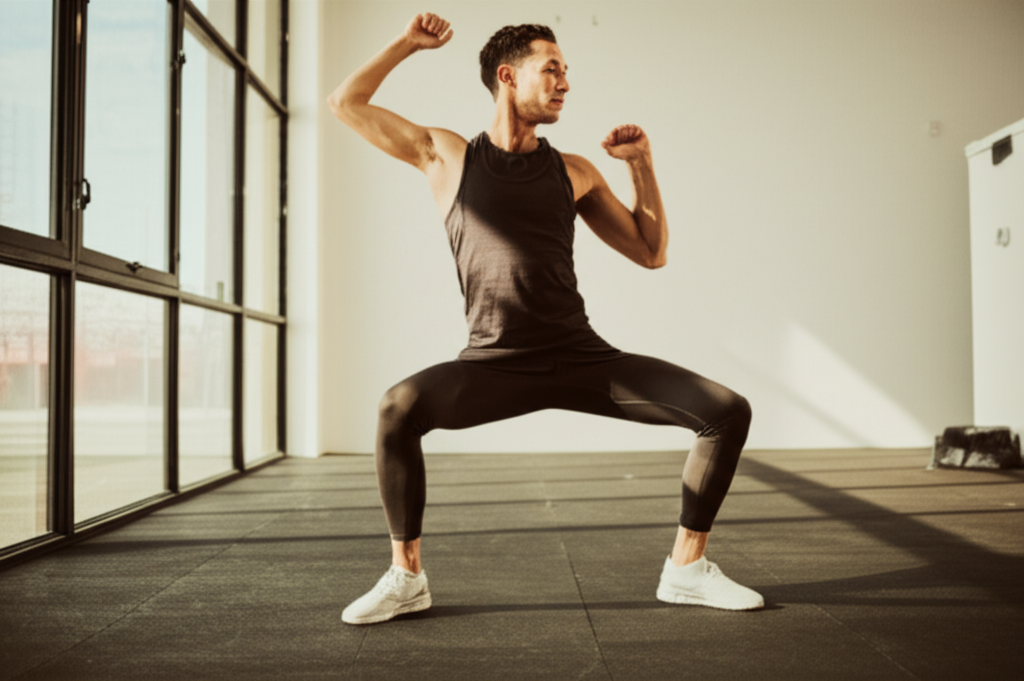
The Long-Term Benefits of a Cognitively-Enhanced Routine
By consistently engaging in a workout routine that supports brain health, you’re not just building physical strength; you’re actively training your brain to be more efficient, resilient, and in control. This enhanced cognitive function can translate into better academic and life outcomes, improved emotional regulation, reduced stress, and a stronger sense of self-control. You’ll find yourself better equipped to pause before reacting, consider consequences, and make choices that align with your long-term goals, ultimately leading to a happier and more successful life.



